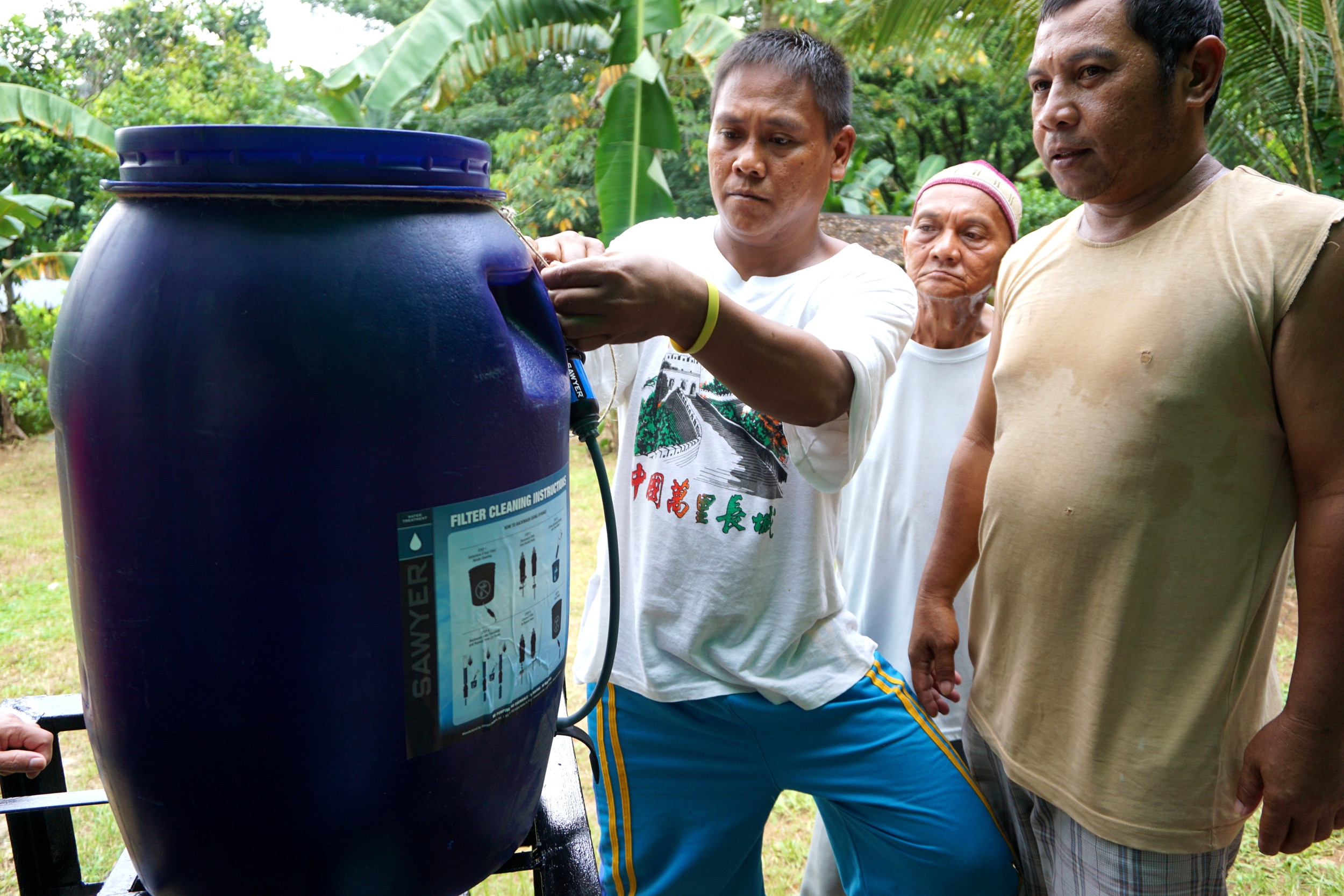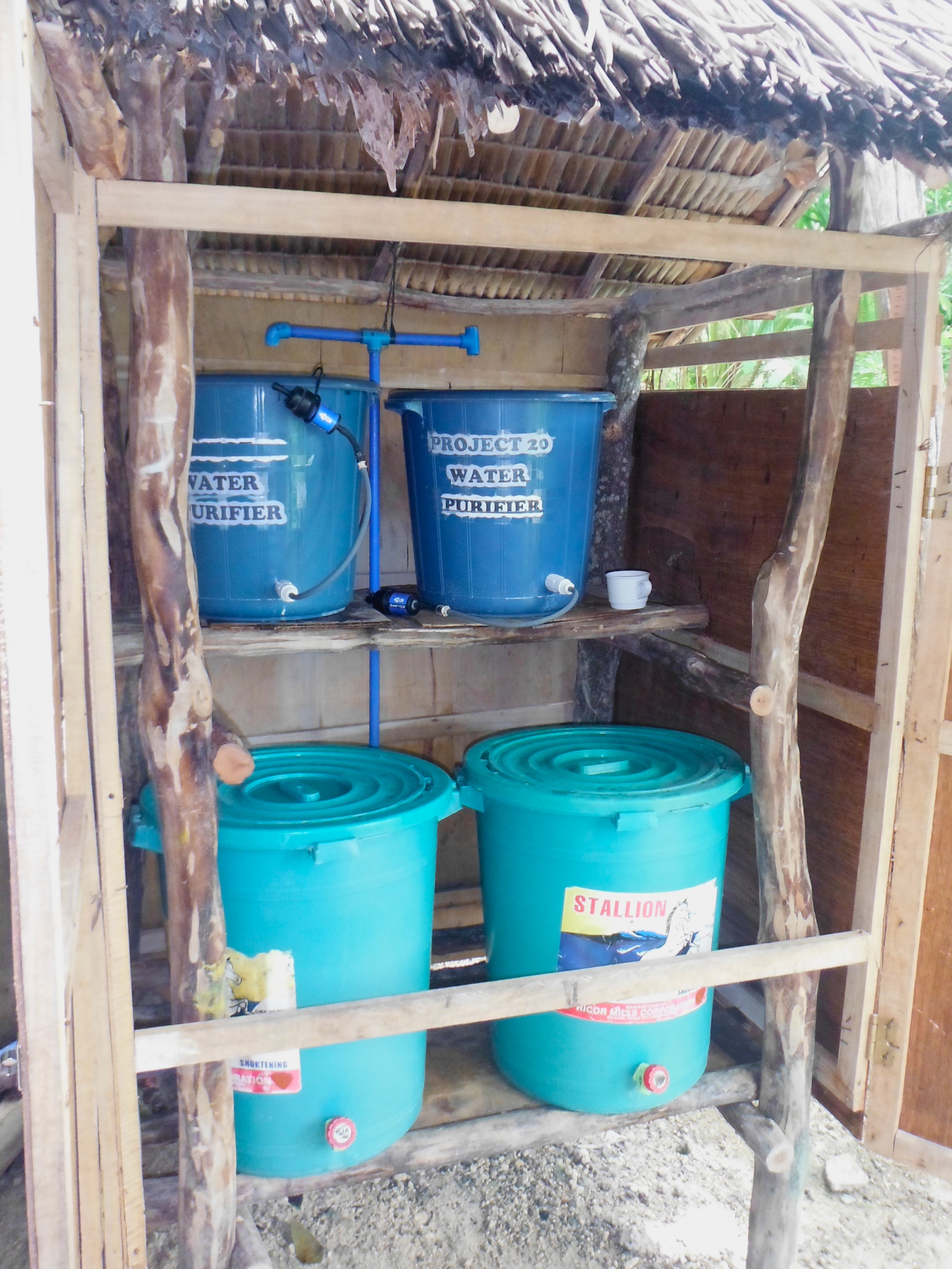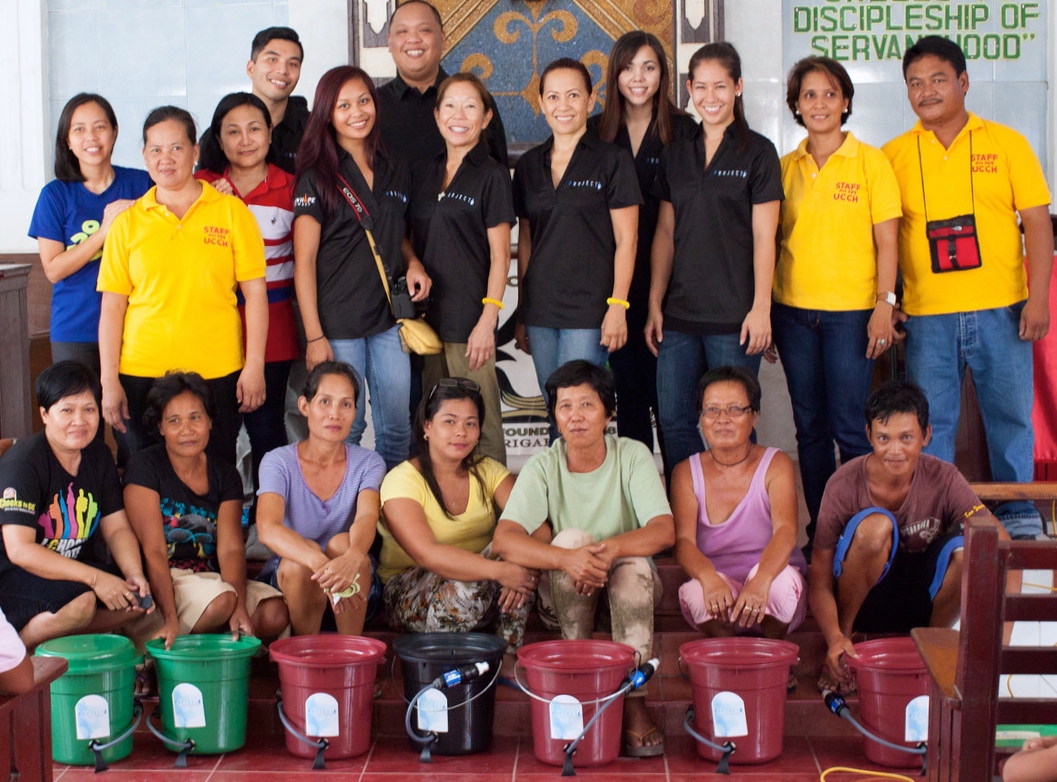Our goal
To reduce the instances of water- and hygiene-related illnesses in families living in poverty, with an initial focus on the Philippines.
Every 20 seconds, a child dies of a water-borne illness.
The Challenge
Unsafe water, combined with inadequate sanitation services and poor hygiene, causes illness and preventable deaths to thousands of children around the world each day. There have been significant improvements made in recent years in global efforts towards safe drinking water; the World Health Organization/UNICEF Joint Monitoring Programme for Water Supply and Sanitation reported that as of 2015, the number of people without access to an improved water source was 663 million, compared to 1.3 billion people in 1990¹. Despite this progress, poor water, sanitation, and hygiene still affect families at alarming rates, with diarrheal diseases killing over 340,000 children under 5 years old annually -- making it the third leading cause of death within this age range.
Many factors stand in the way of worldwide access to safe water and the reduction of water-related illness, including population growth, unsustainable approaches, lack of political support, and poor infrastructure to name a few. Particularly in countries like the Philippines, frequent flooding and natural disasters contaminate water sources, filling them with bacteria. It is estimated that a lack of clean water and sanitation kills 55 people each day in the Philippines.
Where we've worked
The Opportunity
Investing in improving access to safe water means not only investing in the futures of children, but also in numerous aspects of a family’s welfare. Aside from preventing water-related diseases, healthcare savings, water-gathering time, and increased productivity from proper health all result in massive global economic benefits; as a result of these factors, an estimated $260 billion is lost annually due to a combination of poor water and sanitation².
In the Philippines, an estimated 8 million people still lack access to safe water. In some areas, it is a matter of water scarcity, but in many, it is an issue of cost. Due to the high price of connecting to regulated water lines, many filipinos rely on unsafe water sources or purchasing water from informal water sellers, which does not ensure that the water supply will not still contain bacteria. Providing a means for families to filter water from taps, wells, or other sources that are already available to them can enable them to have safe drinking water at a minimal cost.
Our Strategy
We believe in empowering families to be able to see long-term reductions of both water- and hygiene-related diseases in their communities. This is done through a combination of hygiene training in addition to water filtration implementation. It is the goal of Project20 that children living in poverty will be able to take ownership of their well-being by truly understanding the importance of proper hygiene behaviors, while also having access to safe, clean water.
We seek to better understand the proper implementation approach for each community through scouting visits and dialoguing with community leaders. We work closely with our local partner organizations to connect us with areas in need, provide neighborhood expertise, and gather information on the success of our projects.
Areas of Focus
WaterDrops
When implementing a project in a community, we conduct a training session called a WaterDrop. This focuses on not only educating families on the proper use and upkeep of water filters, but also includes lessons intended to help children understand germ transmission, good versus bad hygiene behaviors, and the importance of handwashing.
Water Filtration
Our primary resource for water filtration is currently the Sawyer PointOne Water Filtration System, which removes 99.99999% of all bacteria, such as E.coli, salmonella, and cholera. With no replaceable parts and a lifespan of up to 20 years, it is a simple yet effective means of providing safe drinking water to families in developing areas.
We seek to determine the best technology to implement in a community based on their specific needs, and we are constantly searching for filtration technology that meets a variety of water-related solutions.
Monitoring & Evaluation
With the help of our local partners, we gather data to understand the effectiveness of our WaterDrops over time. This information helps us to assess our impact, report to donors, and learn from our projects to better inform our future implementation decisions.






